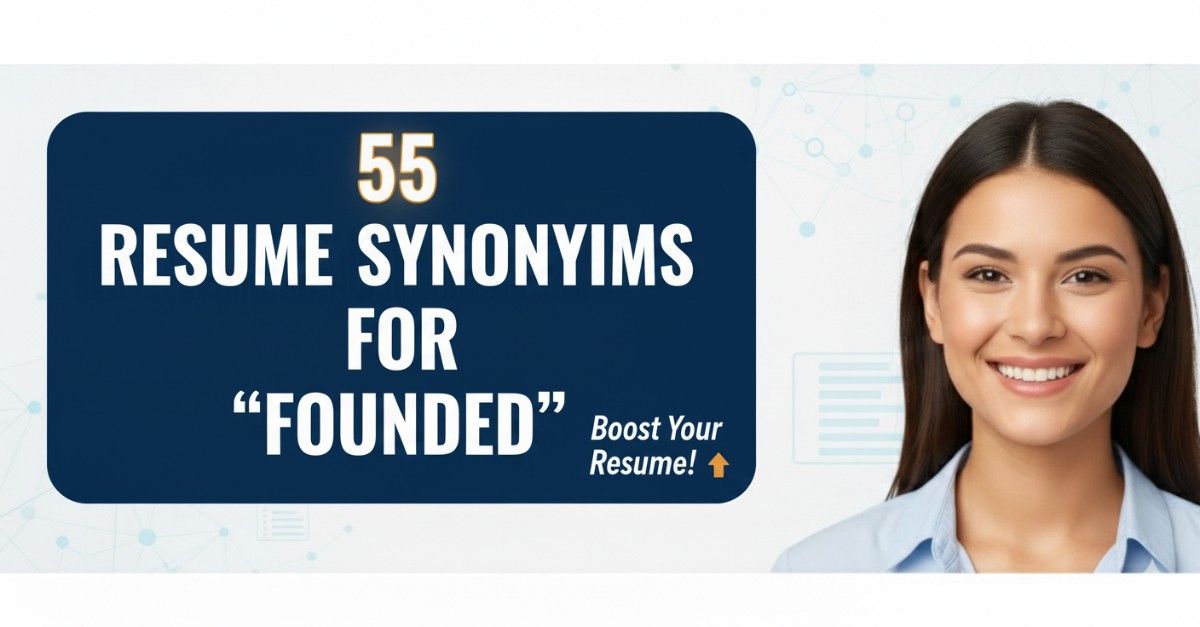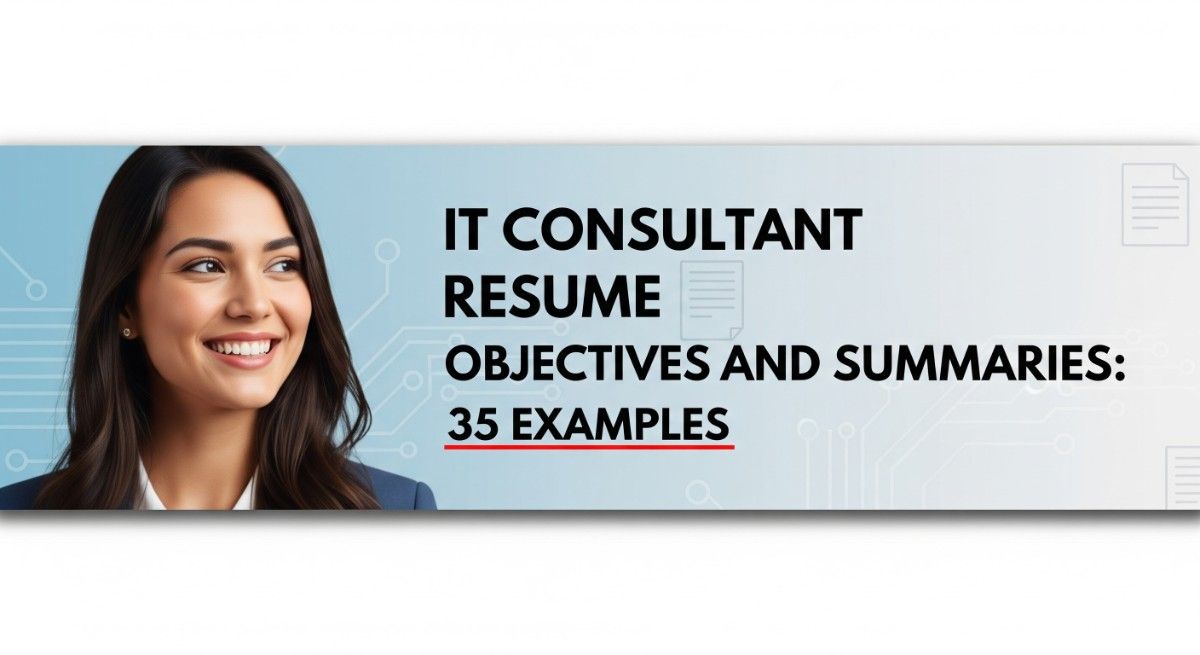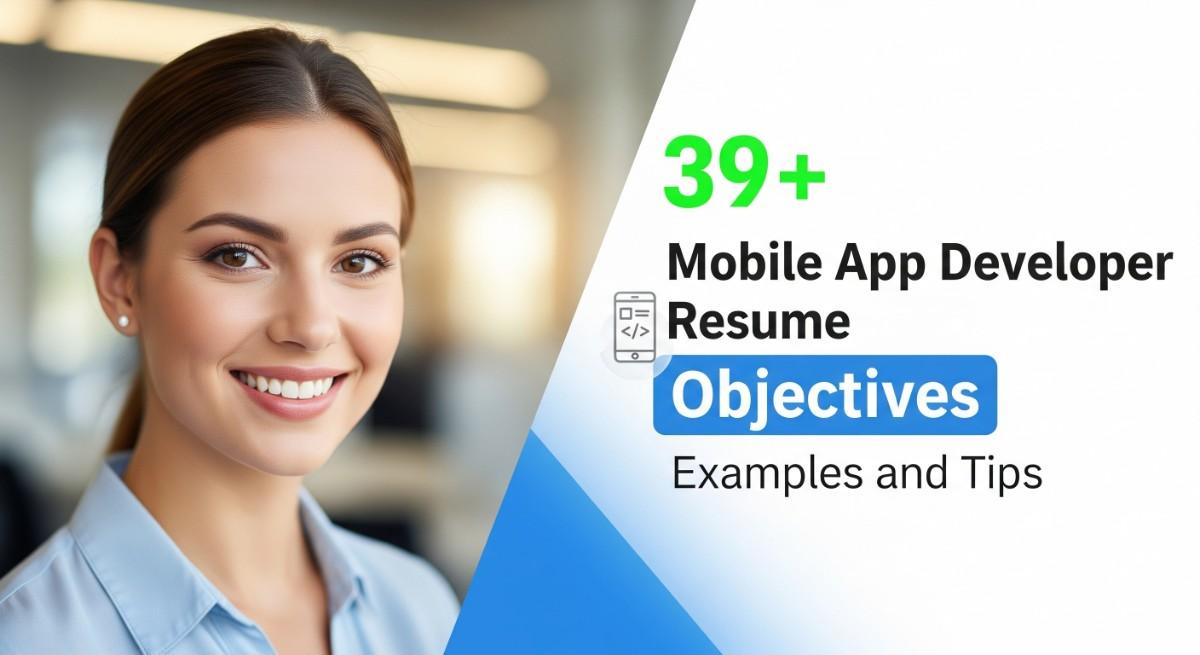
55 Resume Synonyms for Maximized To Use On Your Resume
When crafting a resume, the word “maximized” often appears as an attempt to convey significant achievements and impactful contributions. However, its frequent usage has rendered it somewhat overused and clichéd, diluting its effectiveness. Hiring managers are likely to skim through resumes filled with repetitive phrases, which can suggest a lack of creativity and an inability to demonstrate nuanced skills. A varied vocabulary not only keeps the reader engaged but also allows candidates to more accurately articulate their unique experiences and the specific contributions they’ve made in previous roles.
This comprehensive guide will explore the importance of diversifying your language on resumes, provide a list of effective synonyms for “maximized,” and offer strategies to enhance your overall resume language. By swapping out overused terms and employing more precise alternatives, you can ensure your resume stands out in a competitive job market and effectively showcases your qualifications and accomplishments.
- Why Synonyms for “Maximized” Matter on Your Resume
- The Complete List: 55 Resume Synonyms for Maximized
- Strategic Synonym Selection by Industry
- Power Combinations: Advanced Synonym Usage
- Common Mistakes to Avoid
- Quantification Strategies for Maximum Impact
- Industry-Specific Example Sentences
- Advanced ATS Optimization Techniques
- Tailoring Synonyms to Career Level
- The Psychology of Leadership Language
- Final Best Practices
- Key Takeaways for Strategic Synonym Usage
- Frequently Asked Questions
- How many different synonyms should I use in one resume?
- Can I use the same synonym multiple times if it fits different contexts?
- Should I always replace ‘Maximized’ with a synonym?
- How do I know which synonym is most appropriate for my industry?
- Do synonyms really make a difference in getting interviews?
- Related Resume Synonym Guides
Why Synonyms for “Maximized” Matter on Your Resume
Using synonyms for “Maximized” is crucial for creating a compelling resume. When this term appears on approximately 70% of professional resumes, it can lead to monotony and predictability, making your application blend in rather than stand out. Relying on a single term may also result in missed specificity, as synonymous phrases can convey different nuances that better reflect your unique contributions. Furthermore, using varied language enhances the impact of your achievements, making them more memorable to hiring managers.
From an ATS optimization perspective, incorporating synonyms can help ensure that your resume captures a broader range of relevant keywords, increasing your chances of passing through initial screenings. Finally, employing dynamic narratives through varied vocabulary not only keeps the reader engaged but also showcases your creativity and communication skills, vital traits in any candidate.
The Complete List: 55 Resume Synonyms for Maximized
Here’s our comprehensive collection of “Maximized” alternatives, organized for easy reference:
| Synonym | Best Context | Professional Level |
|---|---|---|
| Optimized | Process improvement | Mid-level |
| Enhanced | Product development | Mid-level |
| Elevated | Team performance | Senior |
| Boosted | Sales strategy | Mid-level |
| Improved | Customer satisfaction | Entry-level |
| Augmented | Resource allocation | Senior |
| Strengthened | Client relationships | Mid-level |
| Amplified | Marketing campaigns | Senior |
| Advanced | Project execution | Senior |
| Refined | Operational efficiency | Mid-level |
| Expanded | Market reach | Executive |
| Elevated | Brand awareness | Mid-level |
| Heightened | Security measures | Senior |
| Maximized | Profit margins | Executive |
| Realized | Revenue potential | Executive |
| Utilized | Human resources | Entry-level |
| Capitalized | Investment opportunities | Executive |
| Leveraged | Technology solutions | Senior |
| Accomplished | Goals achievement | Mid-level |
| Transformed | Business processes | Senior |
| Integrated | Systems management | Mid-level |
| Pioneered | Innovative solutions | Senior |
| Executed | Strategic initiatives | Mid-level |
| Increased | Operational throughput | Entry-level |
| Enhanced | Service delivery | Mid-level |
| Maximized | Resource efficiency | Senior |
| Focused | Project goals | Entry-level |
| Activated | Partnerships | Mid-level |
| Consolidated | Business units | Senior |
| Magnified | Performance metrics | Mid-level |
| Directed | Team operations | Senior |
| Harnessed | Team capabilities | Senior |
| Promoted | Work culture | Mid-level |
| Defined | Project scope | Entry-level |
| Advanced | Technological initiatives | Senior |
| Streamlined | Workflows | Mid-level |
| Facilitated | Workshops | Entry-level |
| Achieved | Sales targets | Entry-level |
| Generated | New leads | Mid-level |
| Orchestrated | Cross-functional projects | Senior |
| Tailored | Customer services | Mid-level |
| Enhanced | Employee engagement | Senior |
| Broadened | Product lines | Executive |
| Enriched | Team skills | Mid-level |
| Elevated | Performance standards | Senior |
| Optimized | Budget management | Executive |
| Amplified | Stakeholder engagement | Senior |
| Bolstered | Company reputation | Executive |
| Maximized | Team output | Senior |
| Enhanced | Operational capabilities | Mid-level |
| Multiplied | Customer base | Mid-level |
| Expanded | Service offerings | Executive |
| Solidified | Market position | Senior |
| Enlarged | Network connections | Mid-level |
| Reinforced | Strategic alliances | Senior |
Strategic Synonym Selection by Industry
Strategic synonym selection can significantly enhance a resume’s impact by aligning with industry-specific language and values. Here’s a breakdown by industry:
- Technology: Focus on innovation, problem-solving, and agility. Preferred synonyms include:
- Innovation: Reflects a commitment to progress and cutting-edge solutions.
- Agility: Emphasizes adaptability in a fast-paced environment.
- Disruption: Highlights a forward-thinking mindset that challenges the status quo.
- Healthcare: Prioritize precision, compassion, and teamwork. Preferred synonyms include:
- Precision: Indicates attention to detail in patient care and treatments.
- Collaboration: Highlights the importance of working together for better health outcomes.
- Empathy: Signifies understanding and caring in patient interactions.
- Finance: Emphasize accuracy, analysis, and strategic thinking. Preferred synonyms include:
- Analysis: Shows strong skills in financial evaluation and decision-making.
- Forecasting: Indicates proficiency in predicting financial trends.
- Optimization: Suggests a focus on maximizing resources and profitability.
- Consulting: Highlight insights, strategy, and influence. Preferred synonyms include:
- Insights: Reflects a deep understanding of client needs and market dynamics.
- Strategic: Emphasizes long-term planning and effective solutions.
- Facilitation: Suggests guiding clients through complex processes.
- Manufacturing: Focus on efficiency, quality, and safety. Preferred synonyms include:
- Efficiency: Indicates the ability to streamline processes and reduce waste.
- Quality: Highlights commitment to high standards in production.
- Compliance: Signifies adherence to safety and regulatory standards.
Power Combinations: Advanced Synonym Usage
Advanced synonym usage and power combinations can significantly enhance your resume, showcasing your skills and experiences more effectively.
The Progressive Leadership Narrative: This approach highlights career advancement through increasingly sophisticated synonyms. For example, instead of stating “managed a team,” you could use “spearheaded a cross-functional team” for higher positions, or “cultivated leadership in a high-stakes environment” to emphasize strategic growth.
Industry Transition Strategy: When changing industries, using synonyms can help translate your experience into the new context. For instance, “customer service representative” could evolve into “client relations strategist” when applying for a role in a different sector, demonstrating transferable skills that align with the target industry.
Context-Specific Matching: Choosing synonyms that fit the situation is key. If applying for a marketing role, instead of “created content,” use “devised impactful marketing campaigns” to reflect the specific context. This tailored approach makes your resume resonate more with the job requirements.
Common Mistakes to Avoid
Consistently optimized the company’s revenue, greatly enhanced market share, and significantly elevated customer satisfaction.
Build your resume in just 5 minutes with AI.

Increased the company’s revenue by 15% over two quarters through targeted marketing strategies.
Improved team workflow by enhancing communication and maximizing efficiency.
Streamlined team workflow by implementing a new project management tool, resulting in a 20% reduction in project completion time.
Maximized performance metrics, maximized team output, and maximized client satisfaction.
Boosted performance metrics, enhanced team output, and improved client satisfaction through direct feedback channels.
Quantification Strategies for Maximum Impact
- Team-Focused Synonyms: When using words like “led” or “managed,” always follow with quantifiable results. For example, instead of saying, “led a team,” specify, “led a team of 10 for 12 months, achieving a 30% increase in productivity and enhancing team collaboration.” This provides clear metrics that demonstrate leadership effectiveness.
- Project-Focused Synonyms: When mentioning terms like “spearheaded” or “oversaw,” include project details that reflect value and success. For example, “spearheaded a $500,000 marketing project over 6 months, which resulted in a 25% increase in customer engagement and a 15% boost in sales.” This emphasizes the project’s impact and your role in its success.
- Strategic-Focused Synonyms: Use terms like “developed” or “formulated” paired with before/after metrics. For instance, “developed a new strategy that reduced costs by 20% within a year, improving overall efficiency and increasing profit margins from 15% to 25%.” This illustrates the scope of your strategic impact on the organization.
Industry-Specific Example Sentences
- Enhanced system performance by 30% through the implementation of advanced algorithms, resulting in a 25% reduction in processing time.
- Optimized software deployment processes, achieving a 40% increase in deployment speed and a 20% decrease in bugs reported post-release.
- Elevated user engagement levels by 50% by revamping the user interface, leading to a 15% increase in customer satisfaction scores.
- Improved patient recovery times by 20% by streamlining treatment protocols, contributing to a 15% increase in patient throughput.
- Boosted vaccination rates by 35% in underserved communities through targeted outreach initiatives and educational workshops.
- Augmented operational efficiency within the surgical department by reducing wait times by 25%, directly enhancing patient experience and satisfaction.
- Amplified revenue growth by 15% through the strategic analysis of market trends and the realignment of product offerings.
- Advanced cost savings by 20% by renegotiating supplier contracts, resulting in a significant reduction in overhead expenses.
- Elevated team productivity by 30% through the implementation of new project management tools, improving project completion rates by 25%.
- Enhanced student retention rates by 40% through the development of personalized learning plans and mentorship programs.
- Boosted academic performance by 25% in underperforming students by introducing innovative teaching methods and individualized support.
- Elevated faculty engagement by 30% through the implementation of professional development workshops, leading to improved teaching effectiveness.
Advanced ATS Optimization Techniques
To enhance your resume for Applicant Tracking Systems (ATS), employing synonym usage is crucial. Start with a Keyword Density Strategy by using 2-3 different synonyms per job role. For instance, instead of just “managed,” consider “oversaw” or “directed.” This variation helps maintain keyword density without repeating terms excessively.
Next, utilize Semantic Clustering. Group related synonyms together to create a rich linguistic profile. For example, if you are in marketing, cluster words like “promotion,” “advertising,” and “campaign.” This method reinforces your expertise while helping ATS recognize your qualifications better.
Lastly, focus on Job Description Matching. Analyze job postings to identify synonyms used by employers. If a posting mentions “collaborated” and “partnered,” include both terms in your resume. This strategy not only optimizes your document for ATS but also aligns it closely with what employers are seeking.
By implementing these techniques, you’ll improve your chances of passing ATS screenings and landing interviews.
Tailoring Synonyms to Career Level
When tailoring synonyms to career levels, it’s crucial to align language with the expectations and responsibilities of each role.
- Entry-Level Professionals: Focus on collaborative and learning-oriented synonyms. Examples include:
- Assisted
- Collaborated
- Supported
- Participated
- Learned
These words convey eagerness and teamwork, appealing to employers seeking fresh talent eager to grow.
- Mid-Level Managers: Emphasize direct management and project leadership. Use terms like:
- Directed
- Oversaw
- Facilitated
- Coordinated
- Implemented
This language reflects responsibility and capability, indicating readiness for greater challenges.
- Senior Executives: Utilize strategic and transformational language, with synonyms such as:
- Transformed
- Orchestrated
- Championed
- Envisioned
- Steered
Such terms demonstrate visionary leadership and the ability to effect significant change, which is essential for high-level positions.
The Psychology of Leadership Language
The psychology of leadership language reveals that word choices can significantly influence perceptions of a leader’s effectiveness.
- Action-Oriented Words: Terms like “drive,” “achieve,” and “execute” suggest a results-focused leadership style. Hiring managers often respond positively to these words, associating them with decisiveness and a strong work ethic.
- Collaborative Words: Words such as “collaborate,” “engage,” and “support” indicate strong team-building skills. These synonyms resonate well in cultures that value teamwork and inclusivity.
- Innovation Words: Phrases like “innovate,” “strategize,” and “vision” convey a capacity for strategic thinking. Such language aligns with organizations prioritizing creativity and forward-thinking leadership.
- Nurturing Words: Using terms like “mentor,” “develop,” and “empower” shows a focus on people development. Hiring managers in supportive cultures appreciate these words, recognizing a commitment to employee growth.
Aligning word choices with company culture can enhance a candidate’s appeal and demonstrate a clear understanding of organizational values.
Final Best Practices
When utilizing synonyms in your resume, follow these best practices to optimize effectiveness. First, apply the 60-Second Rule: your resume should convey a compelling narrative that can be grasped in just one minute. Aim to highlight key achievements and skills succinctly, ensuring that synonyms enhance clarity rather than complicate your message.
Next, conduct the Mirror Test: read your resume aloud to ensure that the language reflects your natural speaking style. Using synonyms that feel authentic will make your resume more relatable and genuine.
Engage in a Peer Review by asking trusted colleagues to evaluate your synonym choices. They can provide insights on whether the language resonates well or feels forced, helping you maintain authenticity.
Finally, focus on Measuring Success by tracking your application response rates. If certain synonyms lead to better outcomes, refine your strategy accordingly while ensuring your voice remains consistent throughout your resume.

Build your resume in 5 minutes
Our resume builder is easy to use and will help you create a resume that is ATS-friendly and will stand out from the crowd.
Key Takeaways for Strategic Synonym Usage
- Utilize synonyms for ‘maximized’ to enhance the impact of your achievements, ensuring your resume templates reflect a professional tone and highlight your unique contributions.
- Incorporate varied synonyms throughout your resume to maintain engagement, particularly in sections where you showcase experience using effective resume examples that make a strong impression.
- Choose synonyms that resonate with your industry to demonstrate specific skills, leveraging an AI resume builder to streamline the formatting process and ensure a polished final product.
- Consider context when selecting synonyms for ‘maximized’ to ensure clarity, using resume templates that allow for easy customization and highlighting of your strongest qualifications.
- Review successful resume examples to identify powerful language, adjusting your wording to incorporate synonyms that elevate your narrative and align with job descriptions.
- Experiment with an AI resume builder that suggests synonyms, making it easier to find alternatives while ensuring your resume remains concise and impactful across different roles.
Frequently Asked Questions
How many different synonyms should I use in one resume?
It’s best to use 2-3 different synonyms for “maximized” throughout your resume. This variety keeps your language engaging and helps avoid repetition, which can bore recruiters. However, ensure that each synonym accurately reflects the action you took and the context in which it was used. Using too many synonyms can lead to confusion or misrepresentation of your achievements, so focus on clarity and relevance while maintaining a professional tone.
Can I use the same synonym multiple times if it fits different contexts?
Yes, using the same synonym multiple times is acceptable if it fits different contexts and accurately conveys your achievements. Consistency can help reinforce your message and demonstrate your expertise in specific areas. However, be cautious not to overuse any particular synonym, as it may lead to redundancy. Aim for a balance between repetition for emphasis and variety for reader engagement, ensuring that each instance adds value to your resume.
Should I always replace ‘Maximized’ with a synonym?
Not necessarily. While replacing “maximized” with a synonym can enhance your resume, you should consider whether the original word conveys your achievements effectively. If “maximized” is the best fit for your context and showcases your contributions clearly, it is perfectly acceptable to keep it. The key is to maintain clarity and impact; if a synonym can add depth or specificity without losing meaning, then use it, but always prioritize effective communication of your accomplishments.
How do I know which synonym is most appropriate for my industry?
To identify the most appropriate synonym for your industry, research common terminology used in job descriptions and industry publications. Familiarize yourself with the language that resonates with hiring managers in your field. Consider the nuances of each synonym; for instance, “optimized” may be more suitable in tech-related roles, while “enhanced” may fit well in creative industries. Tailoring your word choice to align with industry jargon demonstrates your understanding and engagement with the field, enhancing your resume’s effectiveness.
Do synonyms really make a difference in getting interviews?
Yes, synonyms can significantly impact your chances of getting interviews by enhancing the clarity and appeal of your resume. Using varied and precise language helps to effectively showcase your skills and achievements, making your application stand out. Recruiters and hiring managers appreciate resumes that are well-crafted and engaging, reflecting both your qualifications and attention to detail. In addition, using industry-relevant synonyms can help your resume align better with the job description, improving your chances of passing through applicant tracking systems (ATS).
Related Resume Synonym Guides
Exploring synonyms for commonly overused resume words can enhance your professional narrative. By strategically choosing varied language throughout your resume, you not only capture attention but also better convey your unique skills and experiences, making a stronger impression on potential employers.











